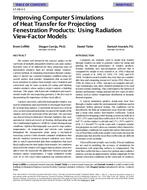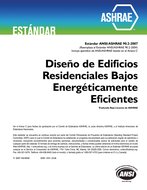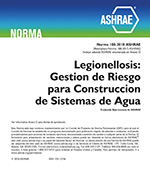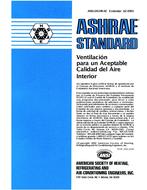Description
The window well formed by the concave surface on the warm side of skylights and garden windows can cause surface heat-flow rates to be different for these projecting types of fenestration products than for normal planar windows. Current methods of simulating fenestration thermal conductance (U-factor) use constant boundary condition values for overall surface heat transfer. Simulations that account for local variations in surface heat transfer rates (radiation and convection) may be more accurate for rating and labeling window products whose surfaces project outside a building envelope. This paper, which presents simulation and experimental results for one projecting geometry, is the first step in documenting the importance of these local effects. A generic specimen, called the foam garden window, was used in simulations and experiments to investigate heat transfer of projecting surfaces. Experiments focused on a vertical cross section (measurement plane) located at the middle of the window well on the warm side of the specimen. The specimen was placed between laboratory thermal chambers that were operated at American Society of Heating, Refrigerating and Air-Conditioning Engineers (ASHRAE) winter heating design conditions. Infrared thermography was used to map surface temperatures. Air temperature and velocity were mapped throughout the measurement plane using a mechanical traversing system. Finite-element computer simulations that directly modeled element-to-element radiation were better able to match experimental data than simulations that used fixed coefficients for total surface heat transfer. Air conditions observed in the window well suggest that localized convective effects were the reason for the difference between actual and modeled surface temperatures. U-value simulation results were 5% to 10% lower when radiation was modeled directly.
Units: Dual
Citation: Symposium, ASHRAE Transactions, 1998, Vol 104, pt. 1A, San Francisco
Product Details
- Published:
- 1998
- Number of Pages:
- 11
- File Size:
- 1 file , 320 KB
- Product Code(s):
- D-7845




